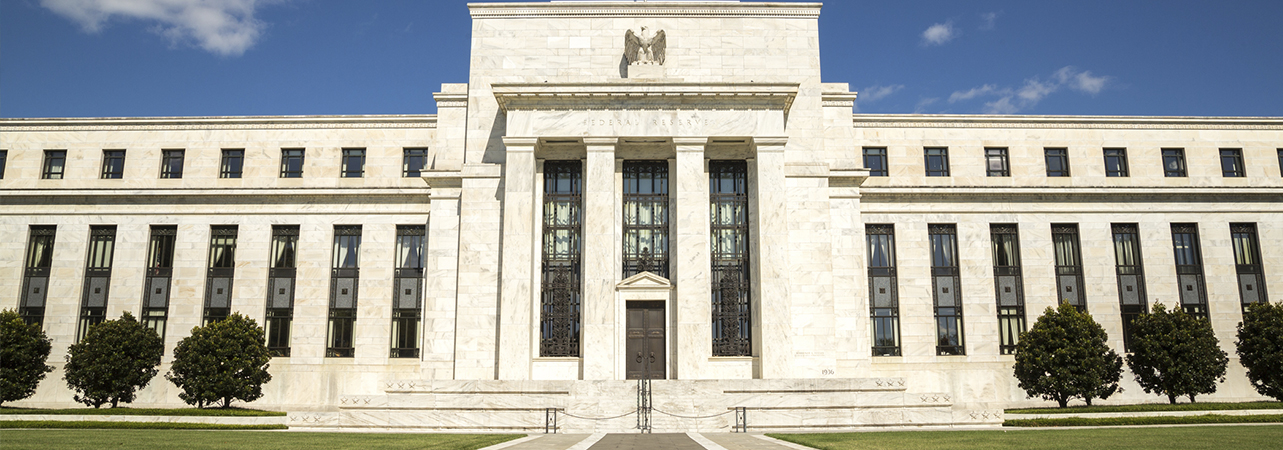Financial markets are eagerly awaiting a pivot once again. Will they be thwarted? Or could the Federal Reserve come good?
- There is hot debate on whether the Federal Reserve will temper its rate rises over the next few months
- The doves point to weaker inflation, cooling rents and slow demand
- The hawks say inflation remains stubbornly high and the US economy too strong to contemplate a reversal in rates
Any sign that financial markets may move away from their obsession with the US Federal Reserve’s next move on interest rates has proved elusive. It appears that the only debate in town remains whether a ‘pivot’ on interest rates is likely over the next few months. The sides are evenly split.
The ‘doves’ point to weakening inflation statistics, with US CPI inflation slowing for its sixth straight month in December. It is now at its lowest level since October 2021. Gas prices are falling, along with the cost of used cars and food. While housing costs remain stubbornly high, there are signs that these too may be falling.
Labour markets remain the biggest problem area, but, the doves suggest, the elevated non-farm payrolls may not give a true figure. They may double-count jobs, flattering overall job creation figures.
Another swing factor for this camp is that inflation is not ‘demand-led’, but has been created by supply chain problems and government spending. As such, ever more aggressive interest rate hikes won’t get to the route of the problem and could collapse the economy. When this becomes clear, it argues, the Fed will have to change course.
The hawks will counter that inflation may have come down, but remains so far ahead of government targets that it is naïve to contemplate pausing on interest rates just yet. The latest economic data showed the US economy in rude health, hitting a 2.9% growth rate in the fourth quarter. Employment levels remain buoyant – and have barely budged in response to rising interest rates.
The other issue is the Dollar. Dollar weakness might bring inflation down in the US and calm the Federal Reserve. The Dollar continues to drop, but many believe that there needs to be a significant change in both US and non-US real rates for a more permanent shift in Dollar strength. This could happen, but it may follow rather than lead.
The Federal Reserve continues with its hawkish tone, but many in financial markets see this as a bit of theatrics, designed to temper inflation expectations rather than a clear statement of intent. Whatever its next turn, until there is a clear sign of a change in direction, markets’ obsession with the Federal Reserve looks unlikely to fade.




